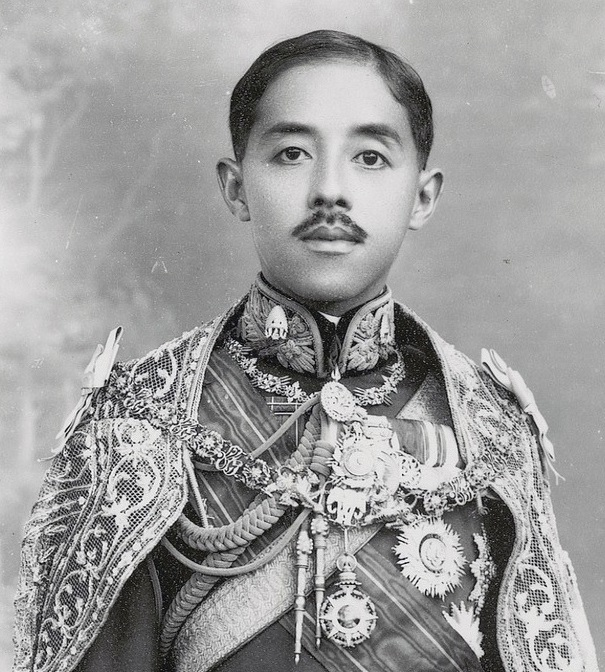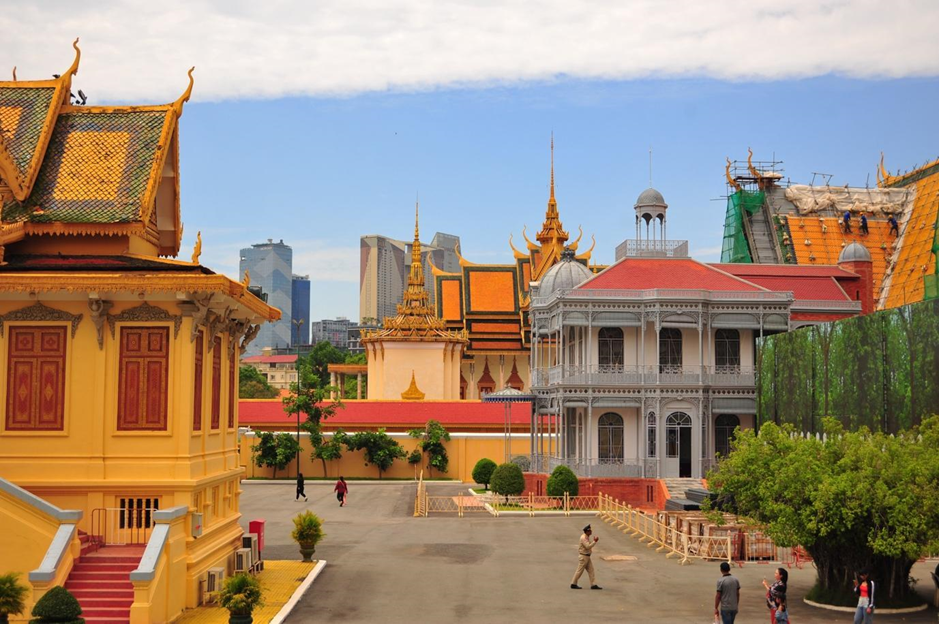The prince, the plan and the border: Chakrabongse Bhuvanath's shadow over the Thai army
- Editorial team

- Jul 28
- 2 min read
In the current turmoil engulfing the border between Thailand and Cambodia, one name stands out, both a symbol of military history and a figure of strategy: Chakrabongse Bhuvanath. However, behind this name that resonates throughout the ranks of the army, there is no living general at the head of the army, but rather a prince from the past who has become a military icon whose ‘Chakrabongse Bhuvanath plan’ still guides Bangkok's iron fist in the face of border tensions.

Chakrabongse Bhuvanath: the strategist prince
Born in 1883, Chakrabongse Bhuvanath was the 40th son of King Chulalongkorn (Rama V). Educated at the court of the Russian tsars, he was a brilliant cavalry officer and later chief of staff of the Siamese army.
Passionate about modernity, he was notably the founder of the Thai Air Force and is now honoured as the ‘father of the Air Force’. In the military imagination, his name embodies strategic excellence, long-term vision and the uncompromising defence of national sovereignty.
The Chakrabongse Bhuvanath plan: martial heritage, current ambitions
Obviously, it is not Chakrabongse Bhuvanath himself who is orchestrating the current military deployment, but a strategic plan, conceived in his name, which serves as a doctrine during crises.
Developed by General Chalermpol Srisawat, former supreme commander of the armed forces, this blueprint aims to ensure the responsiveness and discipline of units deployed on the Cambodian border, particularly after deadly incidents.
The ‘Chakrabongse Bhuvanath plan’ sets out three main areas of military action:
Uncompromising protection of national sovereignty and civilian populations, while prioritising mechanisms for appeasement and gradual crisis resolution.
Coordination of intelligence and tactical deployment to anticipate any escalation.
A ‘proportionate but decisive’ response in the event of an attack, as in the 2011 conflict over the Preah Vihear temple, which ended in a swift victory for Bangkok and ten years of calm under the Chakrabongse strategy.
The real ambition: national stability and displays of power
The real ambition behind this approach is neither expansionist nor strictly bellicose. Behind the martial rhetoric, the goal is to restore a form of stability at the border, defend sovereignty and the safety of citizens, while sending a strong message to the adversary: Thailand, apparently unwilling to engage in dialogue, remains ready – at any moment – to demonstrate its strength. This balancing act, backed by the prince's prestige and the rigour of the plan, puts the army back at the heart of national identity and crisis management.
Thus, Chakrabongse Bhuvanath remains the ‘stronghold of the Thai army’, not through his own strength, but through the aura of a structuring martial heritage, omnipresent wherever the border becomes a red line between peace and chaos.







Comments